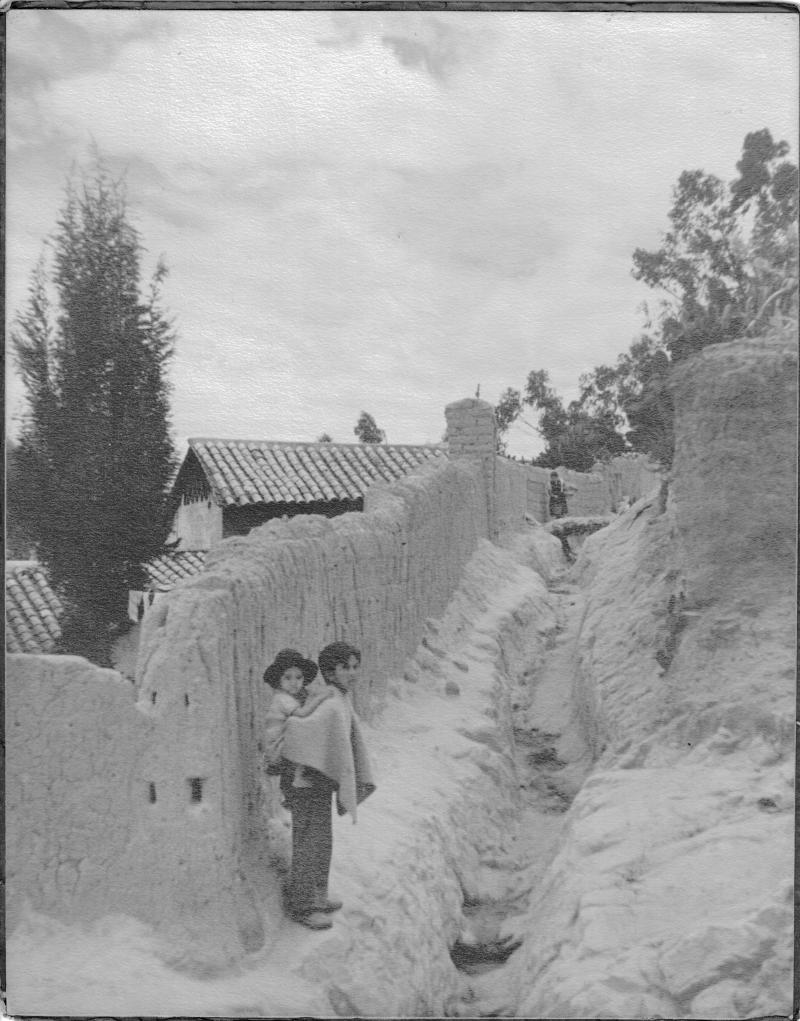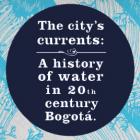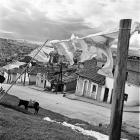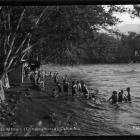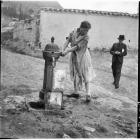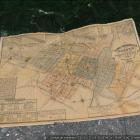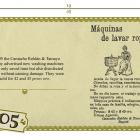The “Flying Dutchmen”: Ships’ Tales of Toxic Waste in a Globalized World
As a space where terrestrial jurisdiction did not apply, the ocean has often served as a repository for unwanted things, whether people or objects. This article traces the journeys of several ships and their cargos of toxic waste in the 1970s and 1980s.


